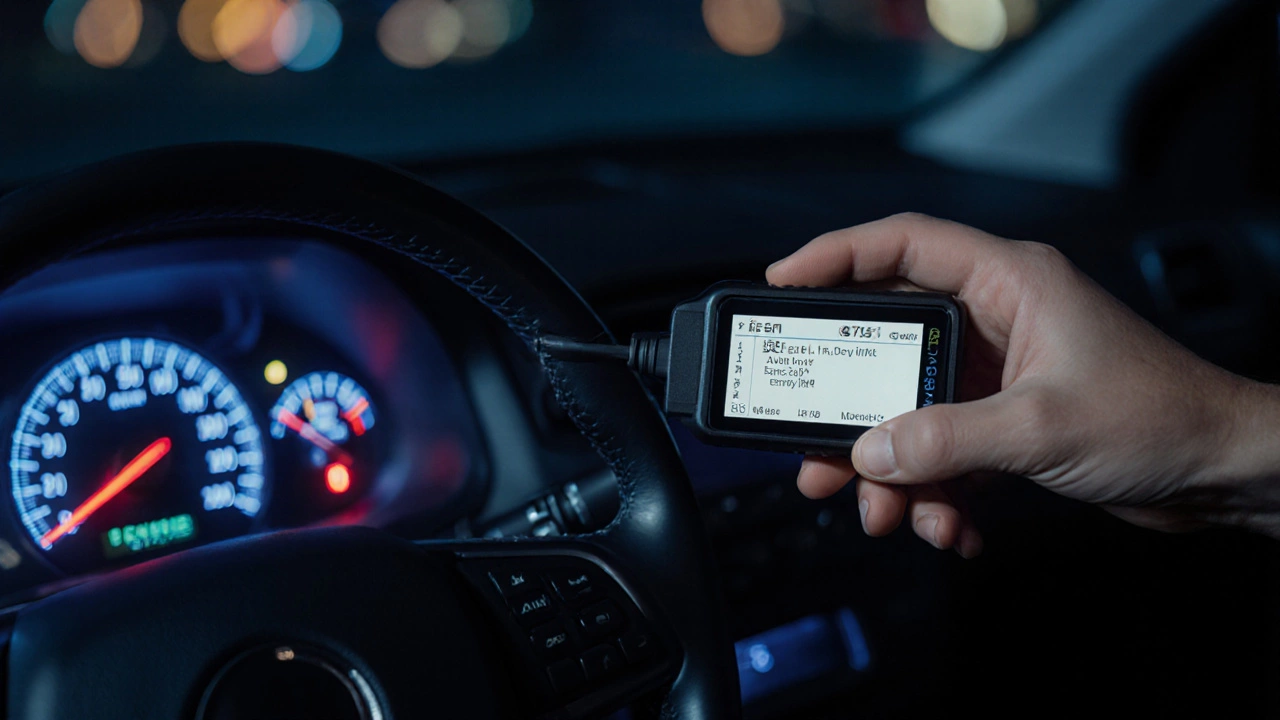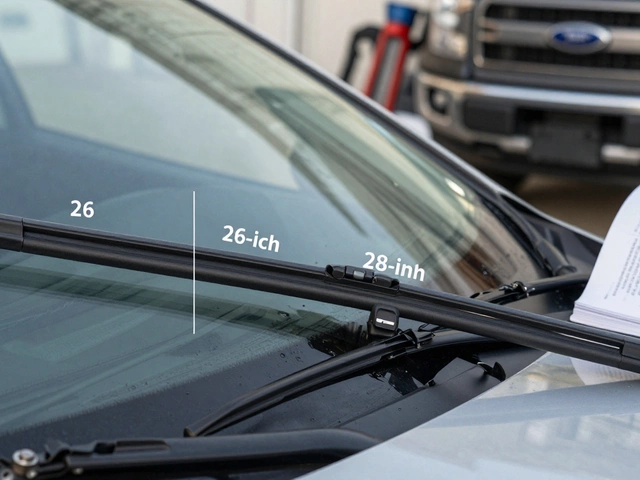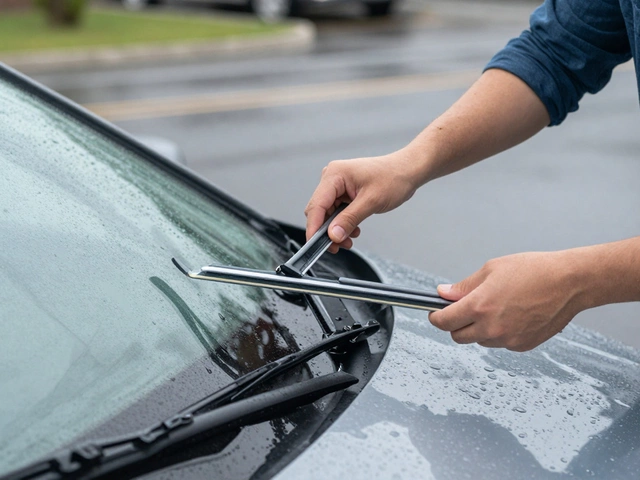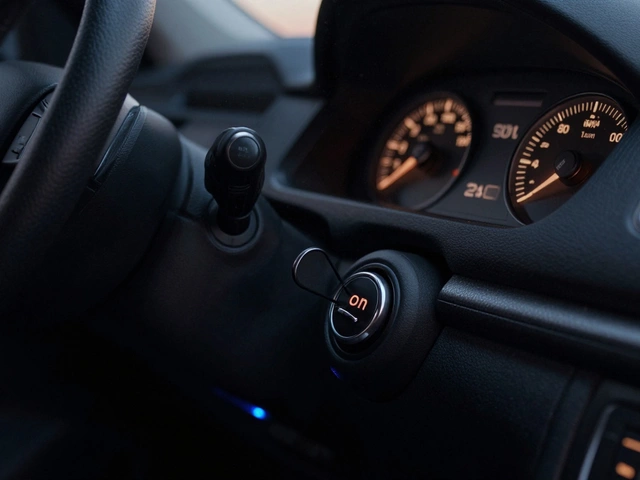Bad Fuel Pump Code: Signs, Causes, and What to Do Next
When your car throws a bad fuel pump code, a diagnostic trouble code indicating the engine control module has detected an issue with the fuel delivery system. Also known as P0190, P0087, or P0230, it means your car isn’t getting the right amount of fuel—either too little, too late, or not at all. This isn’t just a warning light. It’s your engine screaming for help before it shuts down completely.
A failing fuel pump, the electric component that pushes gasoline from the tank to the engine doesn’t always die suddenly. More often, it weakens over time. You might notice your car struggles to start on cold mornings, stalls at traffic lights, or loses power when you hit the highway. These aren’t random glitches—they’re classic fuel pump symptoms, visible signs that the pump can’t maintain proper fuel pressure. A weak pump can’t keep up with demand, especially under load. And if you ignore it, you risk stranding yourself—or worse, damaging the fuel injectors or catalytic converter from running too lean.
But here’s the catch: a bad fuel pump code doesn’t always mean the pump is dead. It could be a clogged fuel filter, a faulty fuel pressure sensor, or even a loose electrical connector. That’s why jumping straight to a replacement is a costly mistake. Most people don’t know you can test fuel pressure with a simple gauge you can rent from any auto parts store. If the pressure is low, you’ve got a real problem. If it’s normal, you’re chasing a sensor glitch. Either way, knowing the difference saves you hundreds.
And if your car won’t start at all? A bad fuel pump is often the culprit—but so is a dead battery, a failed relay, or a blown fuse. That’s why the best approach is to check the basics first: listen for the pump humming when you turn the key, check the fuse box, and see if the fuel gauge moves. These aren’t fancy tricks. They’re the same steps mechanics use to avoid unnecessary repairs.
What you’ll find below are real, tested guides from drivers who’ve been there. From how to spot early warning signs before the code even shows up, to what to do if your car dies on the side of the road, to whether you can drive with a failing pump (spoiler: you shouldn’t). We’ve pulled together every practical tip, DIY test, and cost-saving trick from posts that actually help people avoid getting ripped off. No theory. No fluff. Just what works when your car won’t start and the mechanic’s quote feels way too high.





